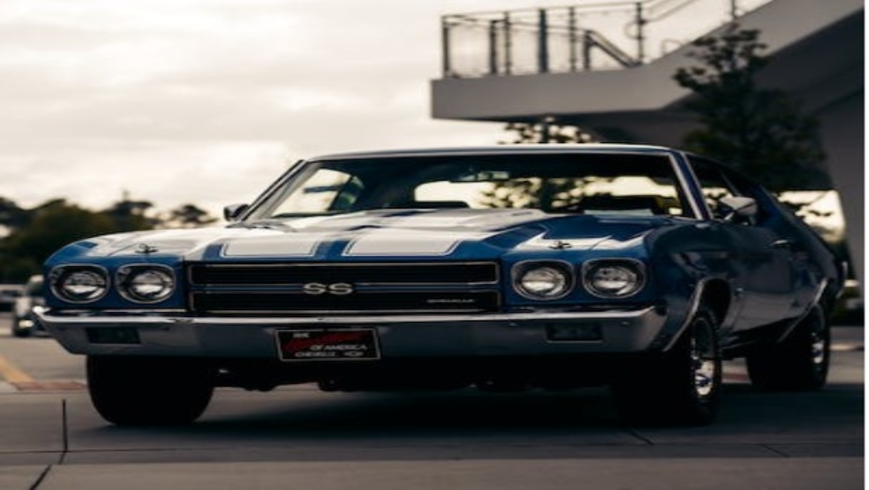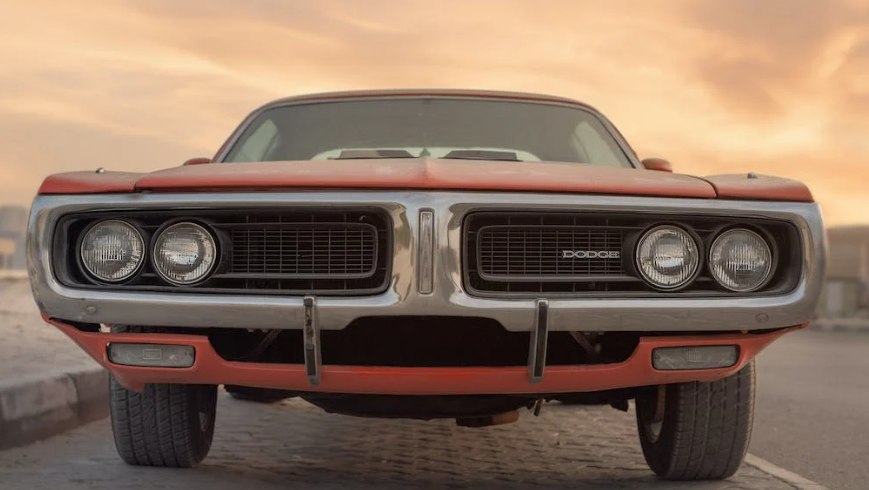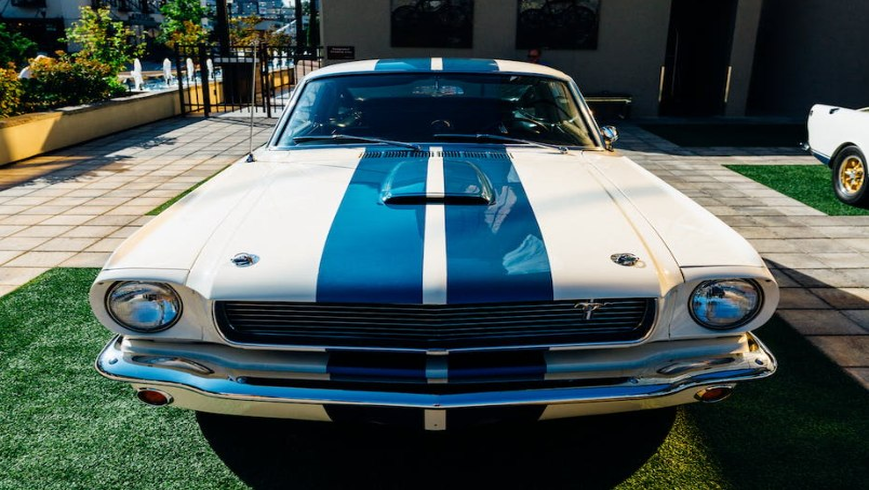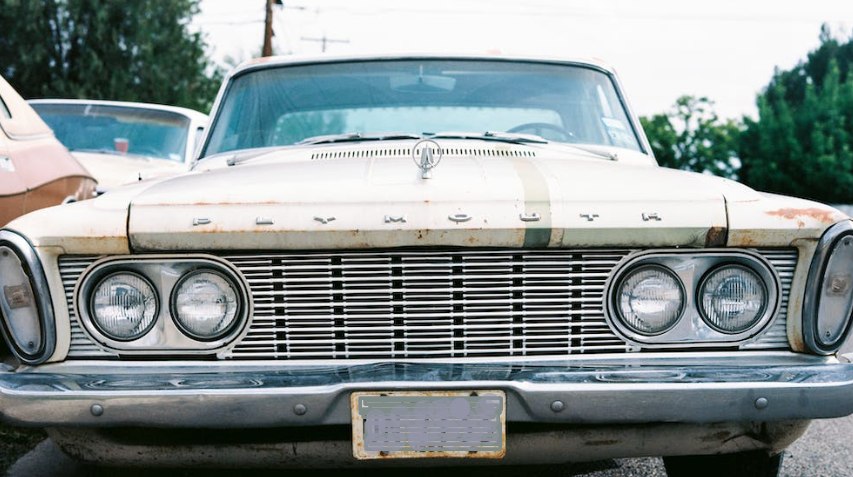American muscle cars appeared in the sixties of the last century when American car manufacturers started a new manufacturing method because car manufacturers used to put their biggest engines in the smallest and lightest cars in order for the cars to reach high performance in terms of acceleration and top speed.
The bigger the engine, the better the car.
Thus, the so-called American muscle cars were born. Where we have chosen for you today a list of the 5 most important muscle cars in history, to introduce you to this so particular type of car.
- Chevrolet Chevelle SS:

In the golden age of muscle cars, the Super Sport, or SS, the logo was an acronym given to high-performance versions of Chevrolet cars, and this tradition still applies to some cars today, like the Camaro SS.
Where the importance of this emblem lies in the fact that it has adorned many legendary cars like the Chevelle SS
The Chevelle SS was the ultimate muscle car. Chevrolet took its mid-size car and equipped it with a huge V8 engine, with a capacity of 7.2 liters or the equivalent of 454 cubic inches. The car was a huge success after it first appeared in 1970. With this big engine and its elegant exterior design, the Chevrolet Chevelle SS 454 became the legitimate representative of classic muscle cars.
However, with the global oil crisis in the early 1970s during the October War and the accompanying rise in fuel prices, this type of car began to decline until it stopped production altogether in the end.
- Dodge Charger second generation :

The Dodge Charger was launched in 1966 initially as a fastback car with a sloping roof in the back, but it later evolved into a four-door sedan,
But it was the second generation of the car, sold between 1968 and 1970, that became an icon in the world of American muscle cars, as this car is one of the most famous American muscle cars and is easily recognizable by car enthusiasts.
This is what the car achieved thanks to its creative design, which made it appear in many movies and TV series such as (Duke of Hazard) and (Bullet) and the series (Fast and Furious), for sure.
Later, the car received a number of modifications to improve aerodynamics, so the Charger 500 and Charger Daytona versions appeared, which won many victories in the famous American NASCAR races.
- Ford Mustang Boss 302:

In the early days of the muscle car era, the focus was on NASCAR and drag racing, but those weren’t the only races the muscle car was designed for.
There was also the Trans-M championship, which sparked a competitive war between Ford, General Motors, Chrysler, and AMC.
Ford’s weapon in this war was the Boss 302, a Mustang specifically designed to win the Trans Am races, where the number 302 refers to the displacement of the car in cubic inches, equivalent to 5 liters, which was manufactured with this capacity meets the conditions of the Trans Am championship.
Indeed, the Boss 302 won many races in the hands of the driver (Parnelli Jones) and outperformed its competitors, and achieved a distinguished position, so the American company reused the name for a special version of a limited edition that appeared in 2011.
- Plymouth Road Runner:

In the late 60s, the original idea of muscle cars as powerful and moderately priced cars started to disappear, as muscle cars became more sophisticated and their prices increased. At that time, Chrysler’s (Plymouth) division decided to seize the opportunity and introduce a new car that returned to the original idea.
The Road Runner came as an ordinary car with a big engine and a character inspired by the cartoon character (Road Runner).
Externally, the car doesn’t really look special, but it has powerful engines under the hood, including a 426 cubic inch HEMI V8 engine, which is the equivalent of 7 liters.
In 1970, Roadrunner was given a streamlined front end and a huge rear spoiler to create a NASCAR-inspired version of the Superbird.
- Pontiac GT:

The Pontiac GTO is considered the origin of muscle cars by many experts
It was preceded by many American performance cars, but the GTO was the first car to combine a big engine, a moderate price, and a performance identity.
In 1964, Pontiac installed a 389 cubic inch (6.4 liter) V8 in its Tempest, ignoring parent company General Motors’ warnings against using large engines in small cars.
To complete the story, Pontiac borrowed the GTO’s name from Ferrari race cars, and the GTO ignited a muscle car fever that affected other branches of General Motors and even competitors such as Ford and Chrysler.
While the GTO grew later and got more powerful engines and better designs, it disappeared in the mid-1970s with the end of the American muscle car era following the global oil crisis.


